Latest News
Tackling latency in next-gen gaming
Mathieu Duperré, CEO at Edgegap
Anyone that’s played a video game online has almost certainly experienced some kind of lag and connectivity issues. Despite huge infrastructure advances in the last few decades, latency remains a constant thorn in the side of gamers and detracts from the real-time experience that’s expected today.
Delivering a consistent experience to gamers playing on different devices with varying connection speeds – many of which are separated by thousands of miles – is a complex challenge. Massively popular online games like Roblox and Fortnite are just two of the many games which have benefited from years of investment into infrastructure in order to support millions of concurrent players. As the below chart from SuperJoost shows, multiplayer and online gaming is becoming the preferred way to play games amongst the most active gaming demographic, with all the technical challenges that this creates.
Games which can be played seamlessly across mobile, PC and console (so-called cross-play games) are also pushing the limits of what current internet infrastructure can deliver. Add in a new generation of streaming cloud gaming services like Stadia, Blacknut Games and Amazon’s Luna – plus Microsoft’s Game Pass and Sony’s revamped PlayStation Plus service, and you can see how the promise of console-quality performance over a broadband connection risks overloading networks that were never designed for this level of gaming.
So how can game companies, telcos and ISPs deliver on the performance promises being made to gamers? That’s where edge computing comes in.
Lag, latency and the Edge
When talking about latency it’s important to make it clear exactly what we mean. Latency refers to the amount of time it takes for game data to travel from one point to another. From the gamer’s perspective, it’s the delay between their command and seeing it happen in-game. How much latency a gamer experiences is dependent on the physical distance the data must cross through the multiple networks, routers and cables before it reaches its destination.
To use an extreme example, NASA’s Voyager 1 has made it about 14.5 billion miles from our planet so far, and it takes about 19 hours for its radio waves to reach us. Here on Earth, your latency is (hopefully) measured in milliseconds rather than hours; and gamers need around 30ms for the most optimal performance. Anywhere above 100ms can lead to noticeable lag and a frustrating experience.
This is where Edge computing comes in. As the name implies, Edge computing brings computation and data storage closer to the sources of data, placing it on the edge of the network where the performance gain is the greatest. As you’d expect, reducing unnecessary travel drastically speeds up the process providing an almost lag-free experience.
More players equals more chance for latency to be a problem
In the early days of gaming, local, couch play was part and parcel of the gaming experience. Today, a game where hundreds or even thousands of players are in the same session is nothing out of the ordinary, and there are Battle Royale games now, a whole genre of games where a hundred or more players are whittled down to a single winner.
The sheer scale of some online games dwarfs many of the most popular streaming services. Whilst Netflix remains the most successful streaming video site with 222 million subscribers, kids game Roblox has 230 million active accounts and Fortnite has over 350 million registered players. So if we assume these games reflect a growing trend, the demand on server networks is only going to increase, and gaming companies will have to look for more innovative solutions to continue meeting demand.
Cross-Platform
The ability for gamers on different devices and platforms to play and compete together is becoming an increasingly common feature of AAA multiplayer games like Apex Legends, Fornite and Call of Duty. EA Sports recently confirmed that FIFA 23 will be joining other heavy hitters in exploring cross-platform play. Considering the large amount of games on the market, and the various game modes for each game, studios are looking at crossplay to increase the amount of players who can play together. One of the main driver is to lower matchmaking time and prevent players from having to wait hours before opponents are ready to play with them.
From a latency perspective, different infrastructure across platforms means lag and downtime are far more likely. When it comes to cross-play, studios can’t use P2P (peer-to-peer) since console vendors don’t support direct communication (i.e. an Xbox can’t communicate directly with a playstation). On top of that, P2P may be limited by player’s home network (restrictive natting for example). That’s why studios typically use relays in a handful of centralised locations. Relays are seen as cheaper than authoritative server. They although have large flaws like making it harder for studios to prevent cheating, which is becoming more and more important with Web3 & NFT. This causes higherlatency since traffic needs to travel longer distances between players. For example, when Apex Legends went cross-platform, players were inundated with frame rate drops, lags and glitches.
Edge computing allows studios to deploy cross-play games as close as possible to their players, significantly reducing latency. Which can negate some of the delay issues around differing platforms.
VR and the Metaverse
Despite hitting shelves in 2016, VR is only now slowly making its way into mainstream gaming. Advances in technology have gradually improved the user experience, while also bringing the price of hardware down and closer to the mass market – not to mention the metaverse bringing renewed attention to the tech. But latency issues still present a serious hurdle to wider adoption unless it’s addressed.
Latency impacts the player experience far more in VR than in traditional gaming as it completely disrupts the intended immersive experience. A 2020 research paper found latency of over 30-35ms in VR, had a significant impact on players’ enjoyment and immersion, which was far lower than acceptable margins on a controller. But when it comes to the metaverse, achieving this might not be enough. Latency between headset and player has to be sub 5ms to prevent motion sickness.
In a recent blog, Meta’s VP, Dan Rabinovitsj, explained that cloud-based video games require a latency of around 75–150ms, while some AAA video games with high graphical demand require sub 35ms. Comparatively, Rabinovitsj suggests metaverse applications would need to reduce latency to low double or even single digits.
For better or worse, we’ve seen glimpses of what the metaverse has to offer already. Decentraland’s metaverse fashion week gave major brands like Dolce & Gabbana an opportunity to showcase virtual versions of their products. But attending journalists reported that the event was fraught with lag and glitches.
Gamers are a fickle bunch, so early adopters will simply move back to other games and platforms if they have poor initial experiences. Google’s Stadia promised to revolutionise gaming, but its fate was sealed at launch as the platform simply couldn’t compete with its competitors’ latency. Today, Google has ‘deprioritised’ the platform in favour of other projects.
If the metaverse goes to plan, it should encompass a lot more than traditional gaming experiences. But if it’s going to live up to players’ lofty expectations, akin to Ready Player One, more thought needs to be given to scalable and optimised infrastructure.
Unlocking next-gen gaming
The pace at which modern gaming is evolving is astounding, making the components discussed here work lag-free and as players expect will be a huge undertaking, and even more so when developers attempt to bring them all together in the metaverse.
The issue of latency may be less headline-grabbing than virtual fashion shows, NFTs and Mark Zuckerberg’s slightly unsettling promotional video, but the ability to seamlessly stitch all of these elements together will be critical in making the metaverse live up to expectations, and therefore, to its success.

Latest News
Pirate Multi Coins – Feature-rich New Title from Fantasma Games
Slots players are taken on a swashbuckling adventure as they seek to unlock the Golden Chest in latest release from Fantasma Games
Pirate Multi Coins, a 6 reel, 5 position slot, is the latest title to hit the market from the Stockholm-based developer, Fantasma Games.
Golden Multi Coins are the key to unlocking big wins and features, with a random number of Coins appearing on each spin. Coins can hold either a monetary or multiplier value, and landing five on a spin awards all values shown.
In a break from standard slots, Pirate Multi Coins features no set paylines, with wins achieved when eight or more matching pay-symbols appear anywhere on the thirty-position matrix. Each win combines those symbols into another Coin, helping trigger the Multi Coin feature. The remaining spaces are filled by an Avalanche, which is Fantasma’s proprietary take on cascading reels.
Another air of suspense comes in the form of the Golden Chest at the top of the playing area. Any Coins landed during a spin which does not trigger the Multi Coin feature are added to the Golden Chest. The Golden Chest can trigger during any base-game spin where a coin is added to the chest, which rains more coins down upon the reels, guaranteeing a Multi Coin feature.
Finally, there is also a Free Spins feature, where landing four or more Scatter symbols awards fifteen free spins. Retriggers are also available during the feature, with three Scatters awarding five more free spins, and four Scatters awarding an additional fifteen spins!
Pirate Multi Coins comes with RTP options of 86%, 94.35% and 96.08%, sits at the medium range of the volatility scale and has a max win potential of 4999.x. It features a Scatter Boost option as well as a Bonus Buy for jurisdictions where this is applicable.
Fredrik Johansson, Founder and CEO of Fantasma Games, said: “In our first venture into the quintessential Pirate slot theme, Pirate Multi Coins brings a host of great features to all types of players.
“With multiple ways to trigger our various features as well as a medium level of volatility, we hope that it really appeals to every type of slots’ fan looking to find some buried treasure.
“Pirate Multi Coins takes to the high seas in thirty-four languages across our network of amazing operator partners on April 30th.”
The post Pirate Multi Coins – Feature-rich New Title from Fantasma Games appeared first on European Gaming Industry News.
Latest News
BetMGM is launched in the Netherlands, bringing an authentic Vegas experience to the Dutch market
The golden Vegas offerings and entertainment of BetMGM is coming to the Netherlands, following a successful launch in the UK. BetMGM will offer a best-in-class Las Vegas experience to deliver a new golden era of online casino and sports betting in the Netherlands. Leveraging LeoVegas Group’s proprietary technology and platform, the launch marks a significant step in the brand’s international expansion.
BetMGM, the entertainment and sports brand known for its golden offerings and authentic Vegas experience, is launching in the Netherlands. The new brand is set to provide customers with exciting new product features, including large-scale jackpots, loyalty rewards, exclusive slots, as well as unique and compelling sports promotions. Utilising LeoVegas Group’s proprietary technology and platform, this expansion into the Dutch market represents the second European launch, succeeding a well-received rollout in the United Kingdom.
Gary Fritz, President of MGM Resorts International Interactive, said “We are thrilled to launch BetMGM in the Netherlands and build on BetMGM’s successful expansion into global markets. The Dutch market offers an exciting opportunity and will be an important part of our international expansion efforts and strategy to become a global gaming leader.”
Gustaf Hagman, Group CEO at LeoVegas Group, said “Our launch in the UK was tremendously successful, and we eagerly anticipate bringing the golden Vegas experience to the Netherlands. This launch in the Dutch market is an important step in our international expansion, but we have much more in store.”
The post BetMGM is launched in the Netherlands, bringing an authentic Vegas experience to the Dutch market appeared first on European Gaming Industry News.
Latest News
New focus for safer gambling as Clarion confirms launch of Sustainable Gambling Zone
The Consumer Protection Zone (CPZ), which since its launch at ICE 2018 has developed to become the highest profile feature on the ICE show floor has been re-branded to become the Sustainable Gambling Zone (SGZ).
The strategic decision has been taken following extensive stakeholder consultation and is set against the heightened importance placed on proactive customer interventions at earlier stages of the player journey.
The SGZ will be debuted at July’s iGB L!VE prior to its official launch at ICE 2025, the first edition of the industry’s most influential b2b gaming show to be held at its new home in Barcelona
Clarion Gaming’s Director of Industry Insight and Engagement, Ewa Bakun, who has seen the CPZ develop to become the key platform for the industry to advance its understanding and implementation of safer gambling measures and raise standards said: “I must stress that this is much more than just a cosmetic exercise. Instead, the Sustainable Gambling Zone, with its refreshed focus, will engage with the broader stakeholder group of operators who are focused on long-term sustainability, something which goes way beyond simply meeting the regulatory mandate.
“The overarching objective of the Sustainable Gambling Zone is to be at the vanguard of initiatives to help develop healthy play from the outset which includes the incorporation of safer gambling considerations from the very start rather than as a compliance requirement.
“While not yet standard across the whole of the industry, this more holistic approach underpins the safer gambling dynamic. Its goal is to create a more sustainable business in which players continue to enjoy their gambling entertainment experience with the small proportion who are at risk of developing problems pro-actively identified and assisted by operators.”
Clarion Gaming Managing Director, Stuart Hunter added: “The relocation to Barcelona will enable us to expand the ICE and iGB Affiliate offerings but also raise the bar in terms of what we already deliver on behalf of the international industry.
“The intended broader appeal of the Sustainable Gambling Zone dovetails with our relocation and will bring the SGZ closer geographically to continental Europe and closer culturally to the Latin American markets that we serve.
“Barcelona will open a new chapter for ICE/iGB Affiliate and their respective features, not least the Sustainable Gambling Zone.”
The post New focus for safer gambling as Clarion confirms launch of Sustainable Gambling Zone appeared first on European Gaming Industry News.
-

 Latest News2 months ago
Latest News2 months agoFairplay Exchange signs as new sponsor of Stephen Hendry’s Cue Tips
-

 Latest News3 months ago
Latest News3 months ago2 PEOPLE CAUGHT OPERATING ILLEGAL ONLINE GAMING SITE
-

 Latest News3 months ago
Latest News3 months agoWazdan partners with 711.nl for significant expansion in the Netherlands
-

 Latest News3 months ago
Latest News3 months agoPlaytech Extends Partnership with BoyleSports Until 2028
-

 Latest News3 months ago
Latest News3 months agoOneCasino Partners with Delasport to Also Conquer Sports Betting in the Netherlands
-

 Latest News3 months ago
Latest News3 months agoStarGames Named Premium Partner of the International ADAC Truck Grand Prix 2024
-

 Latest News3 months ago
Latest News3 months agoSenet Platform Partners with Beamable
-

 Latest News2 months ago
Latest News2 months agoEuropean Gaming Q1 2024 Meetup: Exploring Innovation, Marketing, and the iGaming Industry Hubs









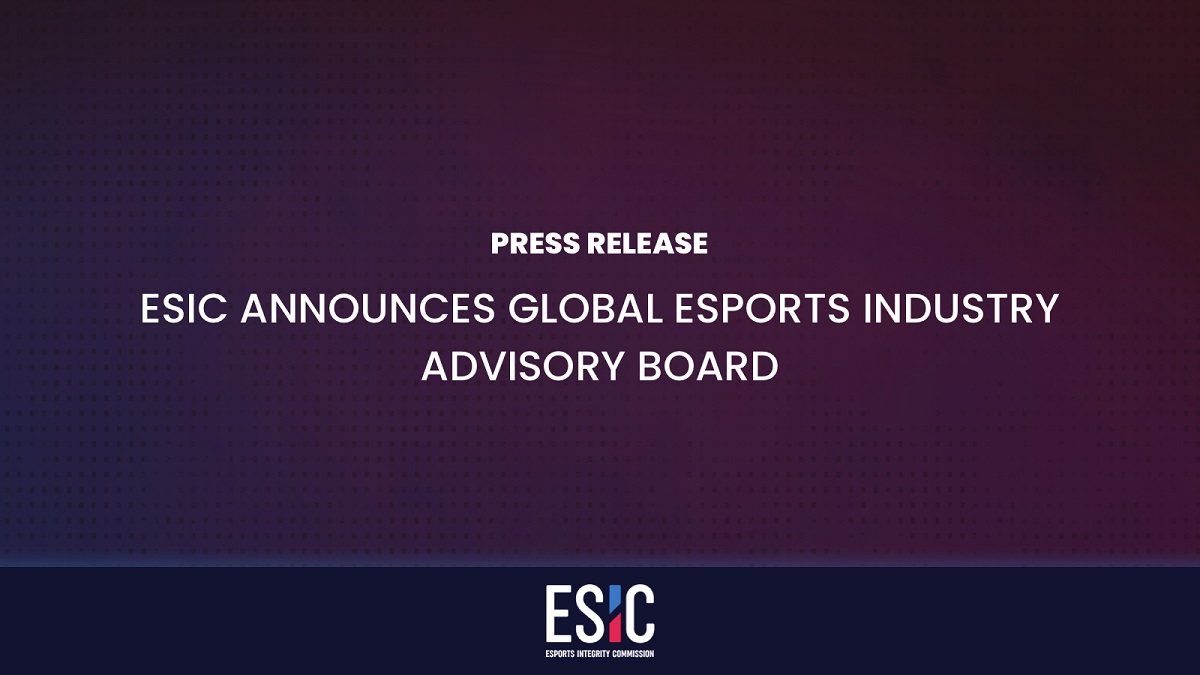





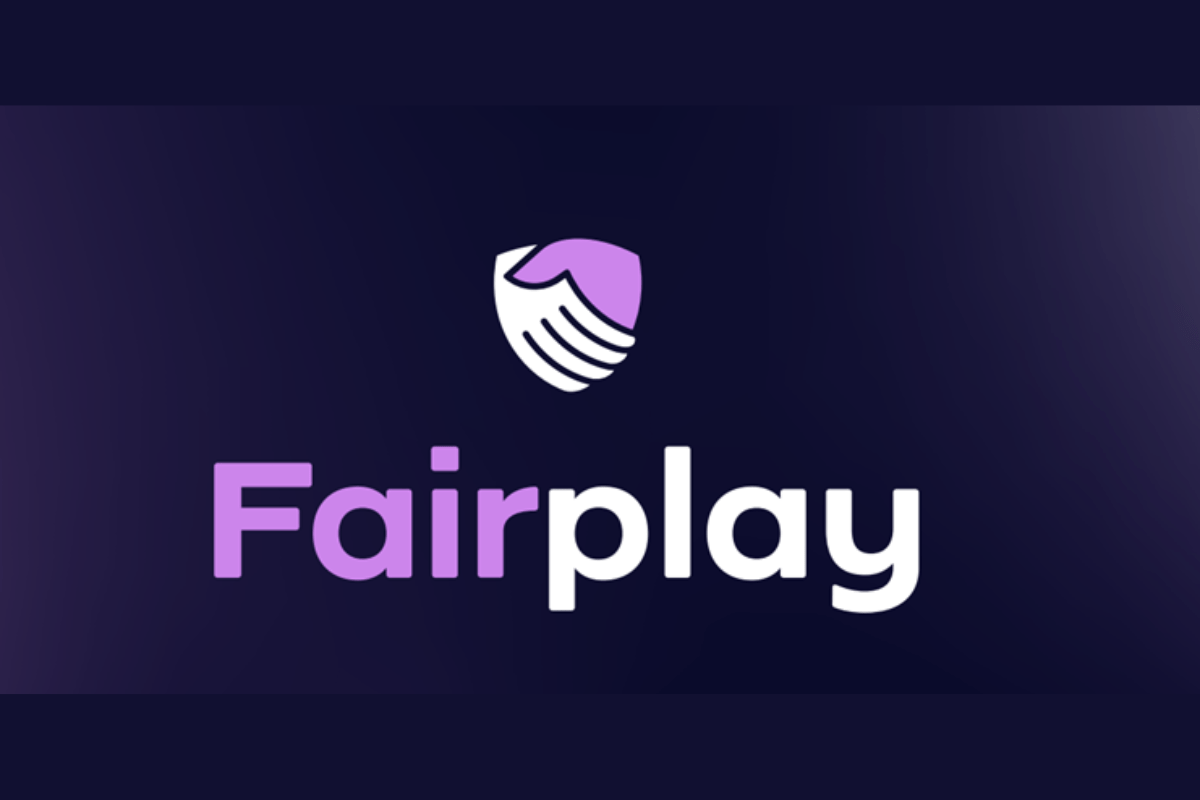
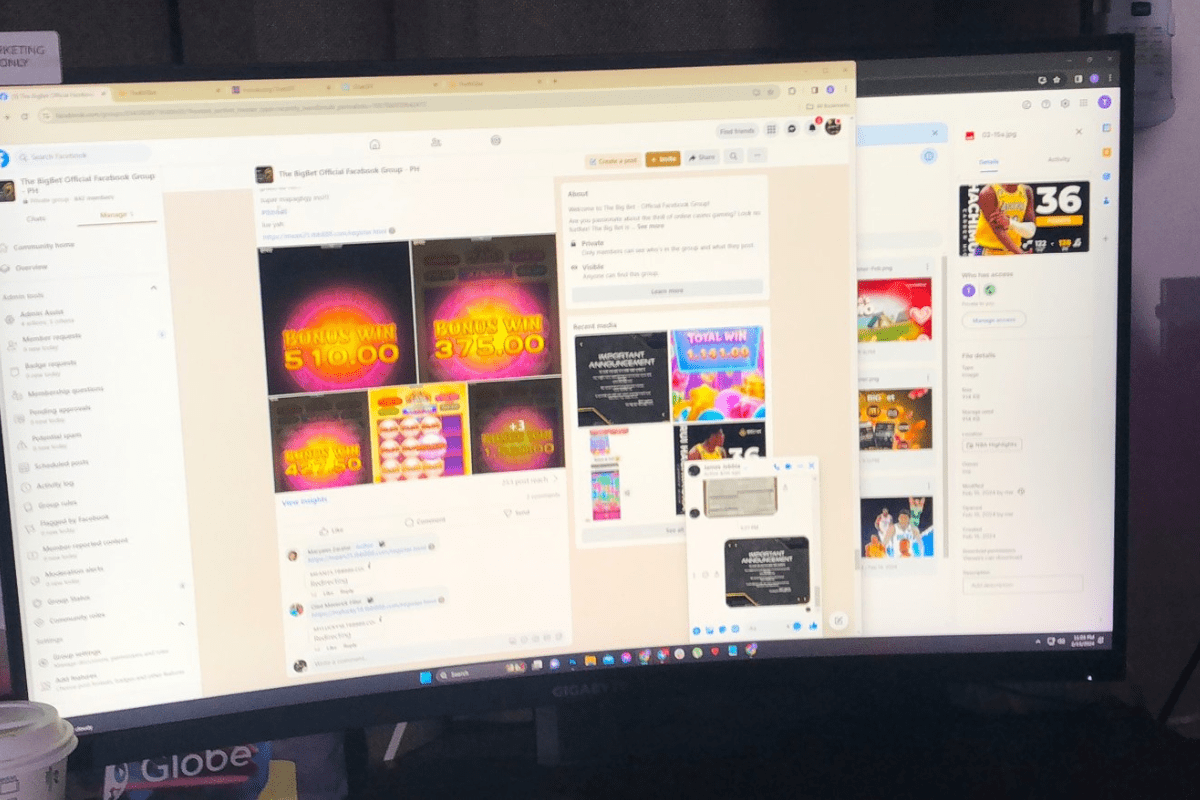

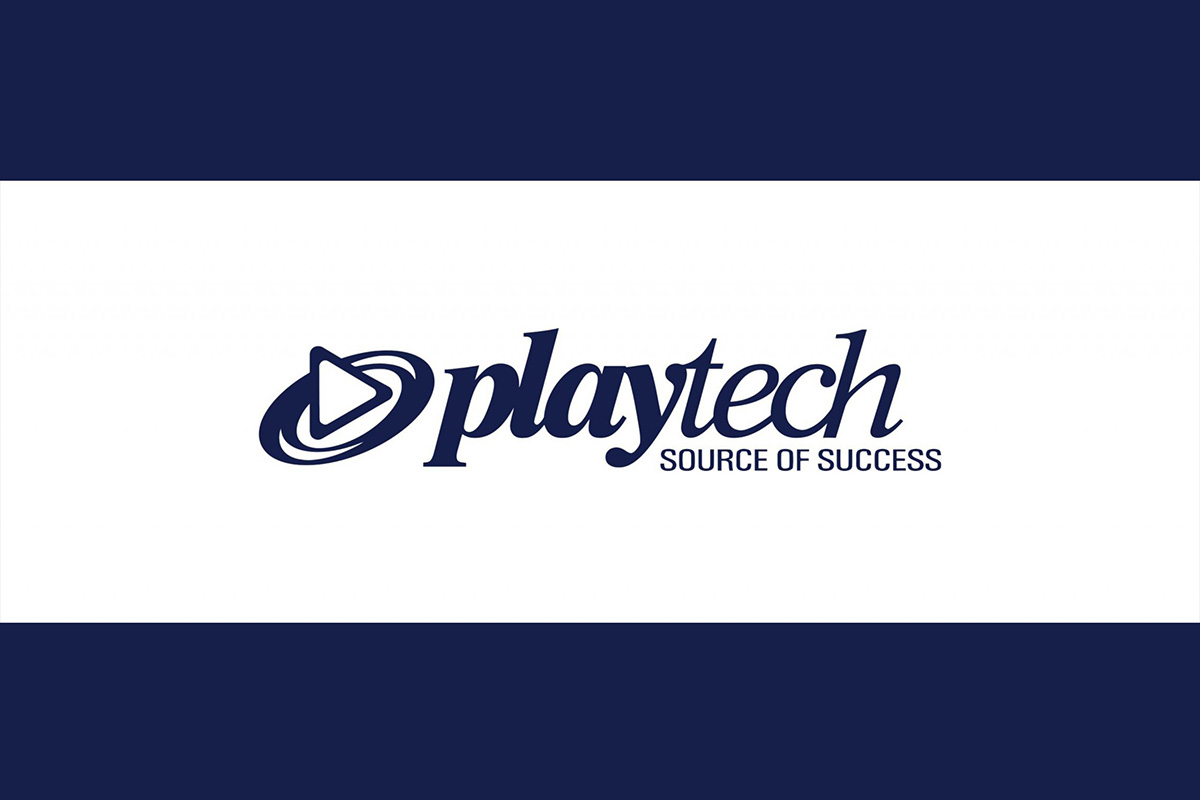



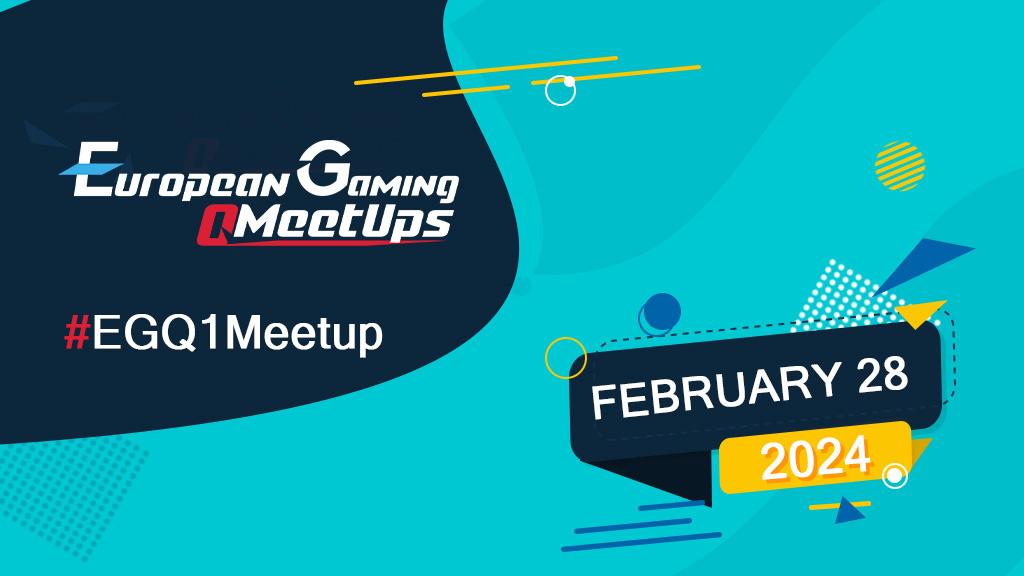
You must be logged in to post a comment Login